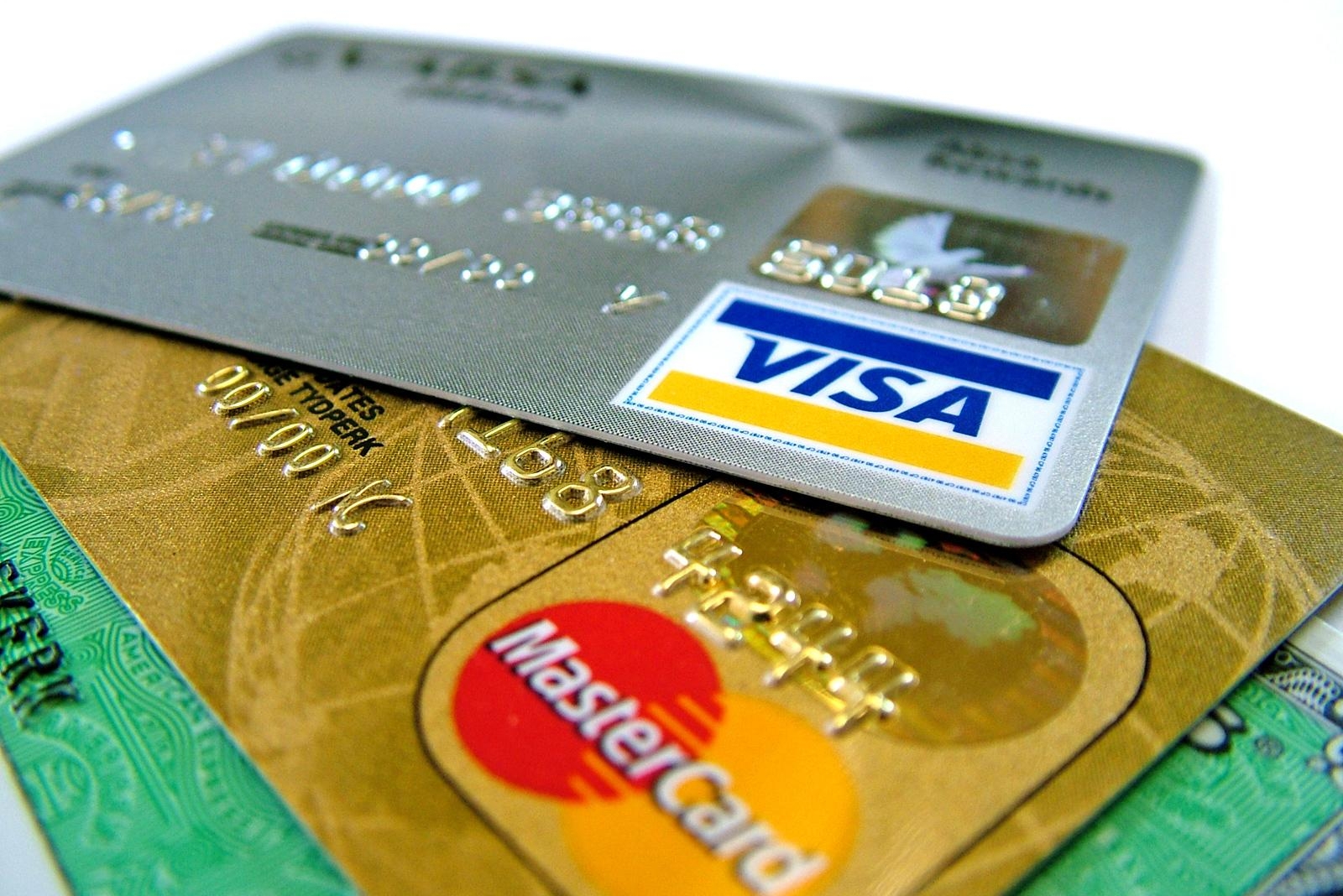Borrowing money on a credit card is expensive. Many companies quote yearly interest charges of 15 to 21 percent. However, because of the way these finance charges (a fee charged for the use of credit or the extension of existing credit) are computed, the true interest rate on credit card debt is much higher than this.
Suppose that a credit card owner charges a $2000 purchase on the first day of the month and the finance charge is 1.5 percent a month. If the consumer pays the entire balance by the end of the month, he does not have to pay the finance charge. If the consumer pays none of the $2000, he has to pay a finance charge of $2000*0.015= $30 at the beginning of the next month.
What happens if the consumer pays $1800 towards the $2000 balance on the last day of the month? In this case, the consumer has borrowed only $200, so the finance charge should be $3. However, many credit card companies charge the consumer much more than this. The reason is that many companies base their charges on the average monthly balance, even if part of that balance is paid by the end of the month. In this example, the average monthly balance would be about $2000(30 days of the $2000 balance and 1 day of the $200 balance). The finance charge would therefore, be slightly less than $30, even though the consumer has only borrowed $200. Based on the actual amount of money borrowed, this is an interest rate of 15 percent a month.
Click here for government certification in Accounting, Banking & Finance





3 Comments. Leave new
Good work!
Good job..
Very interesting.